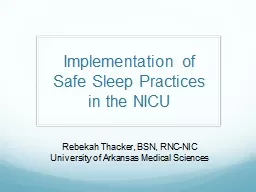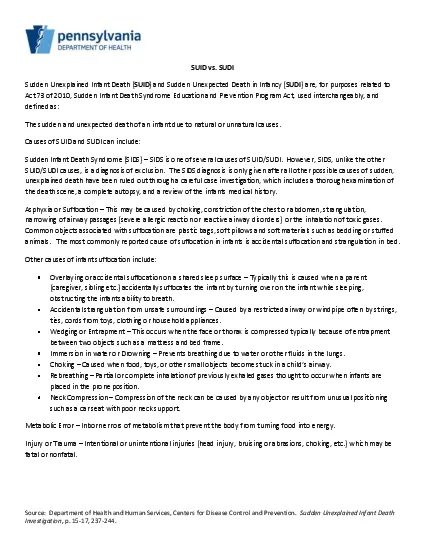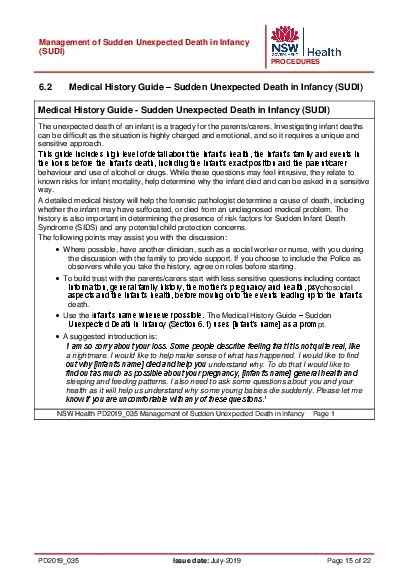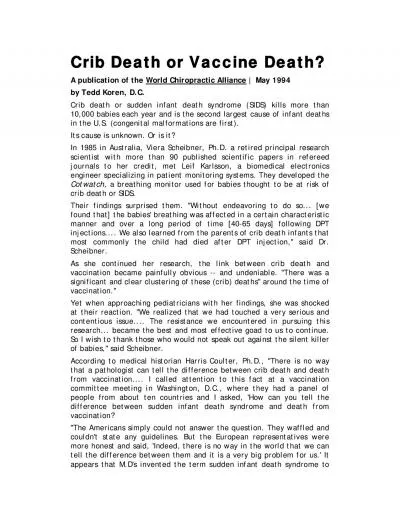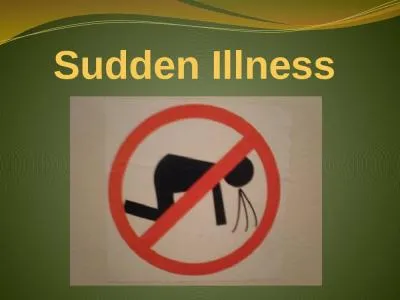PPT-Introduction Sudden Infant Death Syndrome (SIDS) is a phenomenon where an infant under
Author : tatyana-admore | Published Date : 2019-11-05
Introduction Sudden Infant Death Syndrome SIDS is a phenomenon where an infant under the age of one dies due to unknown reasons There are speculations that the reasons
Presentation Embed Code
Download Presentation
Download Presentation The PPT/PDF document "Introduction Sudden Infant Death Syndr..." is the property of its rightful owner. Permission is granted to download and print the materials on this website for personal, non-commercial use only, and to display it on your personal computer provided you do not modify the materials and that you retain all copyright notices contained in the materials. By downloading content from our website, you accept the terms of this agreement.
Introduction Sudden Infant Death Syndrome (SIDS) is a phenomenon where an infant under: Transcript
Download Rules Of Document
"Introduction Sudden Infant Death Syndrome (SIDS) is a phenomenon where an infant under"The content belongs to its owner. You may download and print it for personal use, without modification, and keep all copyright notices. By downloading, you agree to these terms.
Related Documents







